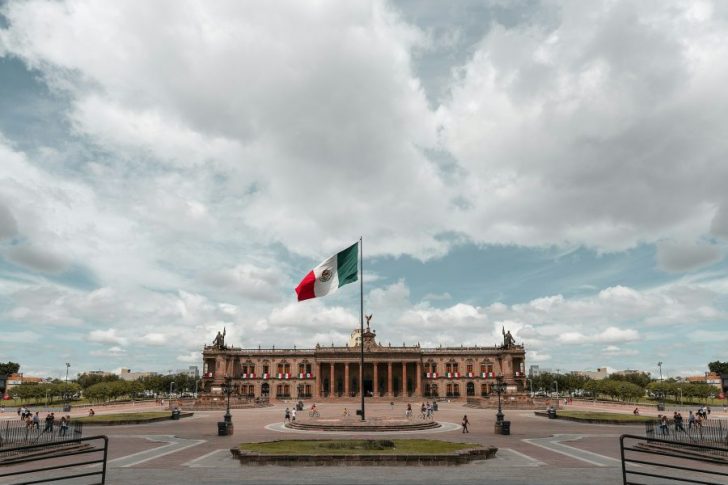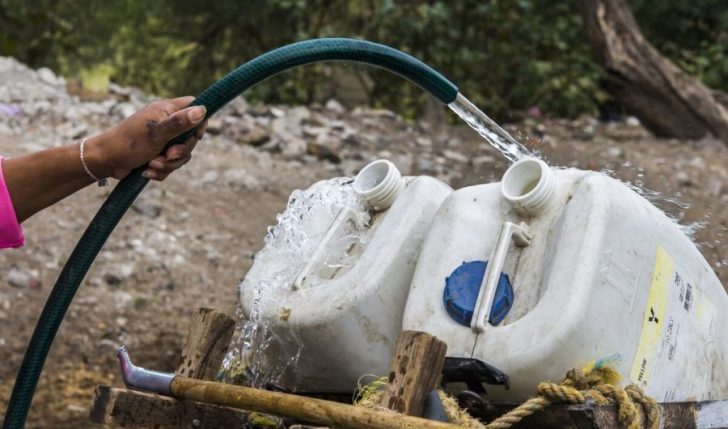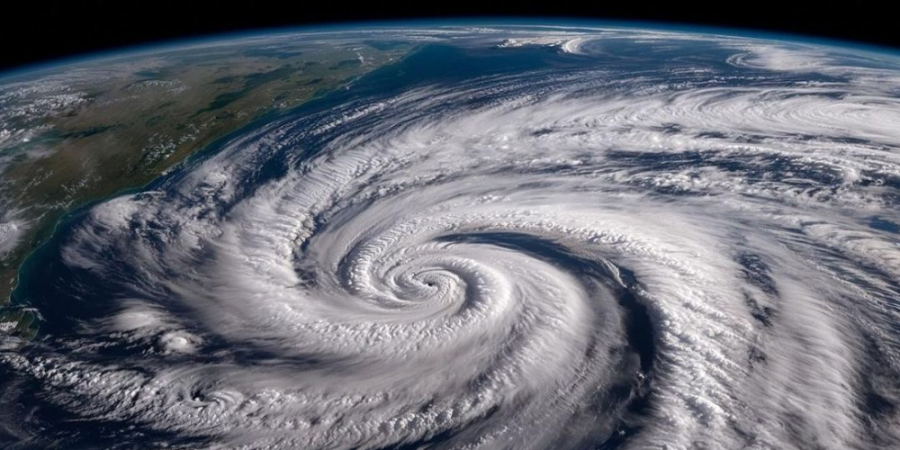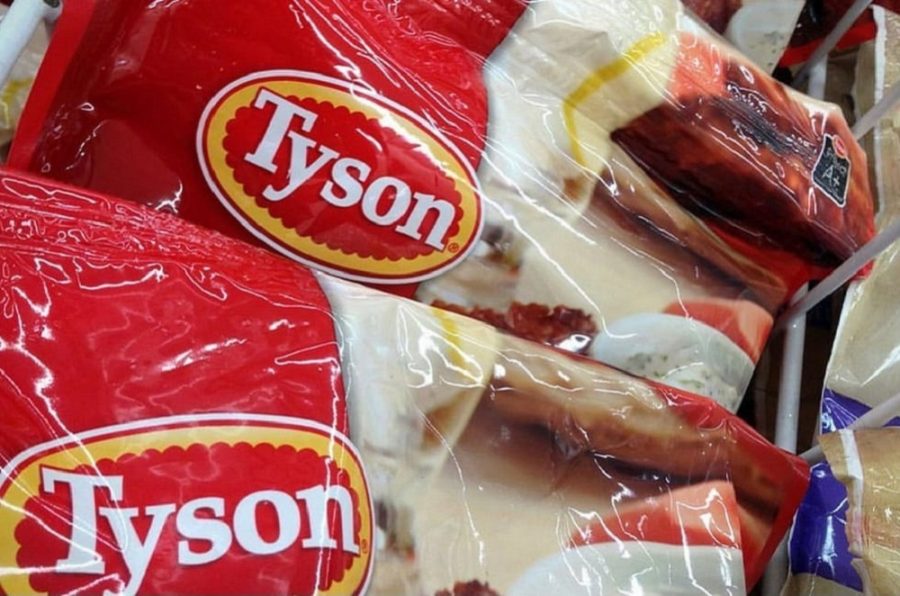In Mexico City, home to nearly 22 million souls, a dire water crisis looms large, threatening to push this megacity to the brink of a grave water crisis. Reports from the ground paint a bleak picture of the Tlalpan District, where residents have been grappling with scarce water supplies for over three months.
However, Mexico City’s water woes are not new. But the current crisis feels unprecedented to its residents. The capital’s Tlalpan District, notably lacking significant water storage facilities, finds itself in a peculiar bind. The district can not benefit from water truck deliveries due to the absence of large storage tanks. Thus, this forces locals into a survival mode of rationing every drop.

Rob / Unsplash / Several neighborhoods of Mexico City – more specifically, Tlalpan District – have been without ‘proper running water’ for more than three months now, reports suggest.
The situation is dire. People are capturing water from washing to reuse for flushing toilets.
Mexico City Saw It Coming
The roots of Mexico City’s water crisis are as tangled as the city’s bustling streets. A combination of abnormally low rainfall, extended dry spells, and soaring temperatures has put immense pressure on an already fragile water distribution system. Urban development, seemingly chaotic and unplanned, coupled with an aging, leaky infrastructure, has left the city’s water management scrambling to meet the escalating demand.
Mexico City’s unique challenges stem from its geographic and historical peculiarities. Built on a high-altitude lake bed, the city is no stranger to natural adversities, such as earthquakes. However, the human impact has been equally profound. The Aztecs’ ingenious network of canals and the subsequent Spanish conquest, which saw the draining of lakebeds and deforestation, have all contributed to today’s crisis.

The Talks / Reports suggest that low rainfall, abnormally high temperatures, and longer dry periods are the leading causes of the water crisis in Mexico City.
This megacity relies heavily on an over-extracted underground aquifer, leading to the city sinking at alarming rates. The rainwater, instead of replenishing the aquifer, runs off the impermeable urban surfaces. Furthermore, the water sourced from outside the city loses up to 40% due to leaks, a testament to the inefficiency plaguing the system.
The Looming Waterless ‘Day Zero’
The term “day zero” has entered the lexicon of Mexico City’s residents, representing a potential point of no return when the Cutzamala water system could fail to deliver any water. Recent reports have fueled debates and fears of reaching this critical juncture by mid-2024.
However, government officials, including President Andrés Manuel López Obrador and Mexico City Mayor Martí Batres Guadarrama, have dismissed these claims as misinformation, asserting that measures are in place to avert such a catastrophe.

E News / Calling it ‘Day Zero,’ Netizens anticipate that Mexico City is headed to the point of no return when the Cutzamala water system could fail to deliver any water.
Yet, the Mexican government has been quick to counteract the narrative of an impending day zero. Yet, the assurances have done little to quell the concerns of the populace, who have grown increasingly wary of political rhetoric. The discrepancy between official statements and the lived experiences of those in Tlalpan District highlights the complex interplay of politics, public trust, and environmental realities.
So, addressing Mexico City’s water crisis requires a multi-faceted approach, tackling not just the immediate shortages but the underlying causes. Sustainable urban planning, investment in water infrastructure, and climate adaptation strategies are critical.
As the city confronts this severe water crisis, the resolve of its people and the actions of its leaders will be crucial in steering this historic metropolis away from the brink of a ‘waterless day zero.’










